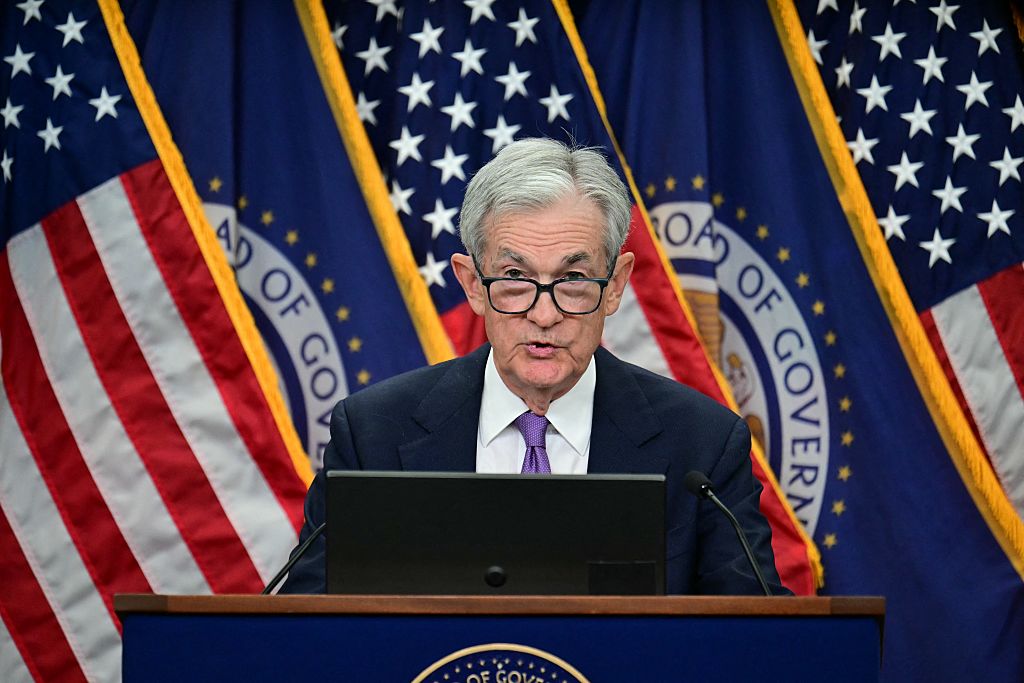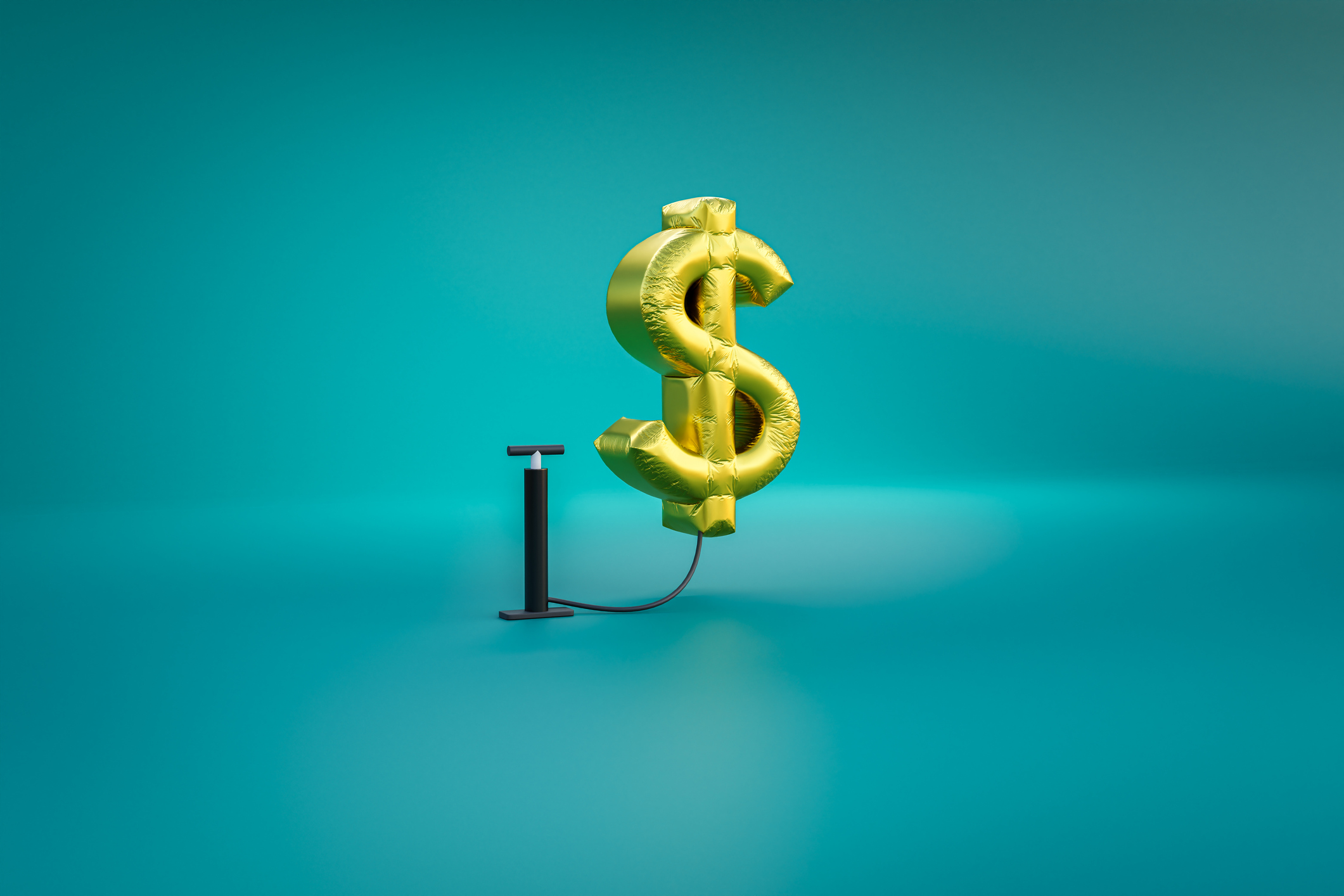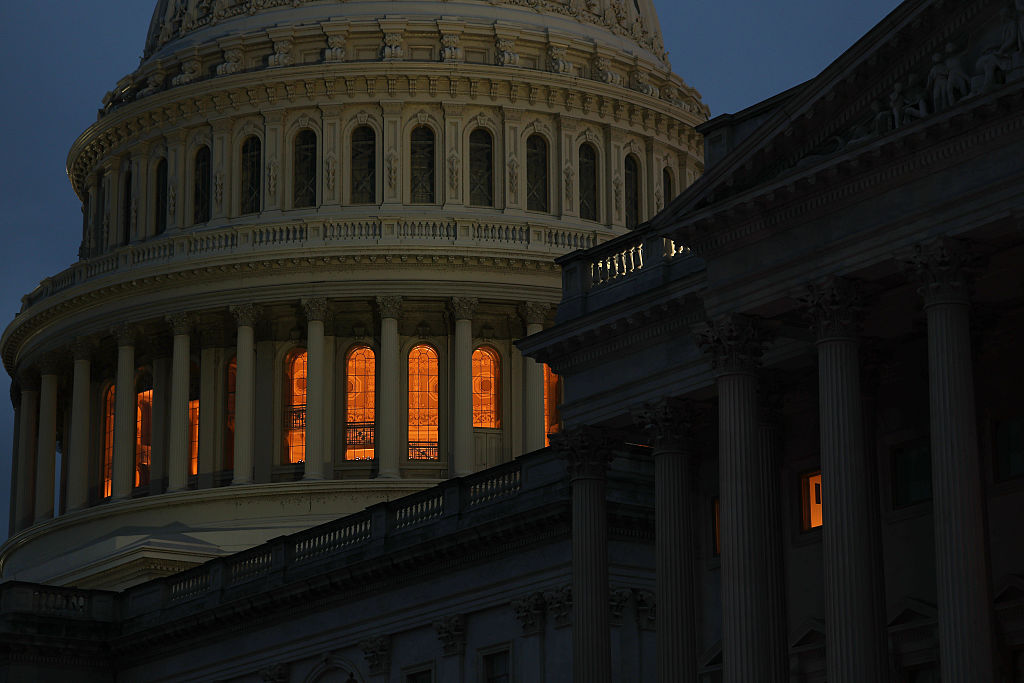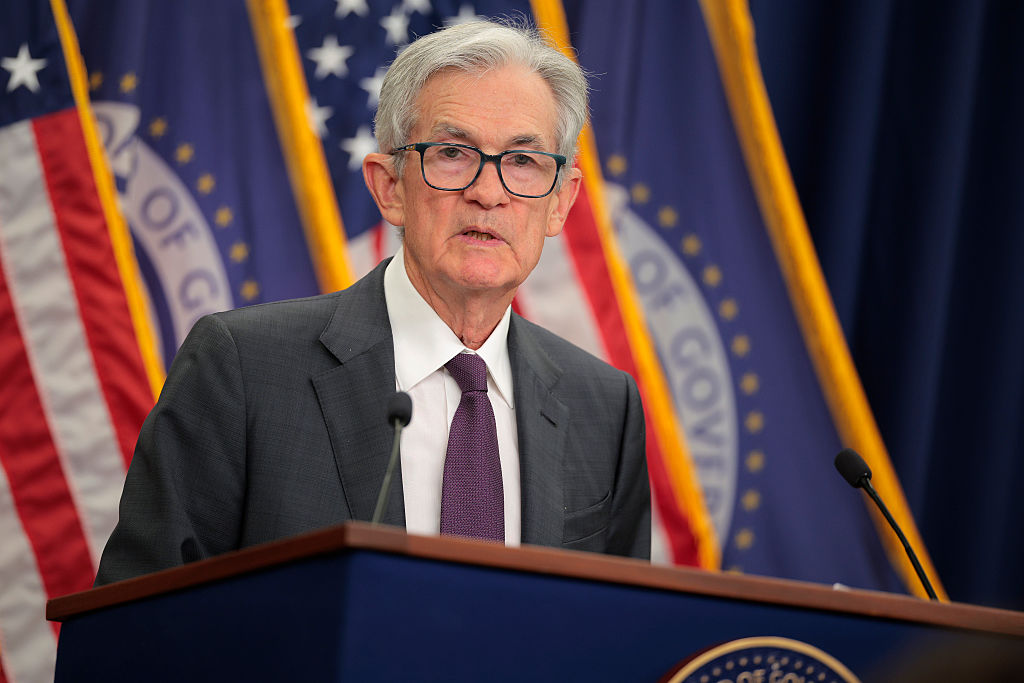Beware the Roaring Twenties
For the first time in years, valuations -- not black swans or politics or the Fed -- are a challenge.


It’s the new Roaring Twenties, so let’s call up an authentic voice from the last such era: Thorstein Veblen, an economist and social critic who coined the phrase “conspicuous consumption.” Veblen’s most enduring observation is that the more something costs, the likelier wealthy people or status-seekers are to buy it. Economists call such baubles Veblen goods. And today they seem to be plentiful in many investors’ income portfolios.
Stocks are expensive, bond prices appear gold-plated, and real estate investment trusts just finished their best year since 2006. Gold is on a roll. The case for caution is legitimate.
Then again, the excesses of the 1920s—and other bull runs, such as those in the 1980s and 2010s—went on and on, frustrating killjoys and permabears. I’ve advocated that everyone stick with what’s working, choose higher-yielding investments over lower-yielding ones, reinvest returned cash and new money, and ignore short-term, news-driven setbacks. That’s paid off.
From just $107.88 $24.99 for Kiplinger Personal Finance
Become a smarter, better informed investor. Subscribe from just $107.88 $24.99, plus get up to 4 Special Issues

Sign up for Kiplinger’s Free Newsletters
Profit and prosper with the best of expert advice on investing, taxes, retirement, personal finance and more - straight to your e-mail.
Profit and prosper with the best of expert advice - straight to your e-mail.
But I don’t know how much the market will keep bidding up the price for each dollar of interest or dividends. Is there a breaking point? And is it in sight? In 2019, the strategists and portfolio managers all told me that low inflation, falling interest rates and a compliant Federal Reserve have built a concrete floor under share prices. Buyers might hesitate, but mass selling is not in the offing.
However, I find that many heretofore reasonably priced dividend stocks and other investments really are rich. It’s sensible now to look over your holdings and see if you have something that appears to be vulnerable at its current price. The following isn’t a strict sell list, because if you have large embedded gains, you can better afford a correction than a capital gains tax bill. Dividends and most interest payments are not in danger. But I expect some sharp price setbacks. Here’s where I see some red flags:
AT&T. A year ago, people piled into the only bona fide blue-chip common stock with a yield above 7%. Then, you paid roughly $14 for each $1 of T dividends. Now, with AT&T (symbol T) pushing $40, the price per dollar of dividends is nearly $20. That’s steep.
Baby bonds with $25 par value trading for $27. Discounts have become scarce among these low-face-value IOUs. Never mind that the interest rate climate is more bullish now that the Fed has stopped tightening. That’s a high markup to pay for these bond snippets.
Dividend funds. The sobriquet dividend on a fund or a strategy can disguise some awfully high valuations. The 10 largest holdings of iShares Select Dividend ETF (DVY) boast a 43% one-year average return. But of those 10, only one, Dominion Energy (D) , declared much of a dividend hike in 2019.
Certain closed-end funds. Gabelli Utility Trust (GUT) has an average long-term return for a utility fund and a portfolio full of the usual suspects. Yet it commands a premium to net asset value of 57%? Even Jay Gatsby wouldn’t pay that—but somehow, someone is.
Water utilities. For years, American Water Works (AWK) and Aqua America (WTR) had price-earnings ratios in the 20s and sharply rising dividends. Now the dividend growth has slowed, and you pay over 30 times earnings for both American and Aqua. Clean water is priceless, but these shares shouldn’t make Apple look cheap.
I’m not bearish on the economy. But for the first time in years, valuations—not black swans or politics or the Fed—are a challenge. Even if investment excesses aren’t wretched, they still have a way of correcting. So, shop carefully, review what you own, and don’t chase the herd.
Profit and prosper with the best of Kiplinger's advice on investing, taxes, retirement, personal finance and much more. Delivered daily. Enter your email in the box and click Sign Me Up.

Kosnett is the editor of Kiplinger Investing for Income and writes the "Cash in Hand" column for Kiplinger Personal Finance. He is an income-investing expert who covers bonds, real estate investment trusts, oil and gas income deals, dividend stocks and anything else that pays interest and dividends. He joined Kiplinger in 1981 after six years in newspapers, including the Baltimore Sun. He is a 1976 journalism graduate from the Medill School at Northwestern University and completed an executive program at the Carnegie-Mellon University business school in 1978.
-
 Fed's Rate Cuts Could Have Impacts You Might Not Anticipate
Fed's Rate Cuts Could Have Impacts You Might Not AnticipateUnderstanding how lower interest rates could impact your wallet can help you determine the right financial moves to make.
-
 Past Performance Is Not Indicative of Your Adviser's Expertise
Past Performance Is Not Indicative of Your Adviser's ExpertiseMany people find a financial adviser by searching online or asking for referrals from friends or family. This can actually end up costing you big-time.
-
 I'm want to give my 3 grandkids $5K each for Christmas.
I'm want to give my 3 grandkids $5K each for Christmas.You're comfortably retired and want to give your grandkids a big Christmas check, but their parents are worried they might spend it all. We ask the pros for help.
-
 December Fed Meeting: Updates and Commentary
December Fed Meeting: Updates and CommentaryThe December Fed meeting is one of the last key economic events of 2025, with Wall Street closely watching what Chair Powell & Co. will do about interest rates.
-
 The Delayed September Jobs Report Is Out. Here's What It Means for the Fed
The Delayed September Jobs Report Is Out. Here's What It Means for the FedThe September jobs report came in much higher than expected, lowering expectations for a December rate cut.
-
 October Fed Meeting: Updates and Commentary
October Fed Meeting: Updates and CommentaryThe October Fed meeting is a key economic event, with Wall Street turned into what Fed Chair Powell & Co. did about interest rates.
-
 The Delayed September CPI Report is Out. Here's What it Signals for the Fed.
The Delayed September CPI Report is Out. Here's What it Signals for the Fed.The September CPI report showed that inflation remains tame – and all but confirms another rate cut from the Fed.
-
 Banks Are Sounding the Alarm About Stablecoins
Banks Are Sounding the Alarm About StablecoinsThe Kiplinger Letter The banking industry says stablecoins could have a negative impact on lending.
-
 Government Shutdown to Delay Data, Including Key Jobs Report
Government Shutdown to Delay Data, Including Key Jobs ReportWhile government shutdowns typically don't impact stock returns, they can delay the release of key economic data – including the monthly jobs report.
-
 The Most Tax-Friendly States for Investing in 2025 (Hint: There Are Two)
The Most Tax-Friendly States for Investing in 2025 (Hint: There Are Two)State Taxes Living in one of these places could lower your 2025 investment taxes — especially if you invest in real estate.
-
 September Fed Meeting: Updates and Commentary
September Fed Meeting: Updates and CommentaryThe September Fed meeting is a key economic event, with Wall Street keyed into what Fed Chair Powell & Co. will do about interest rates.